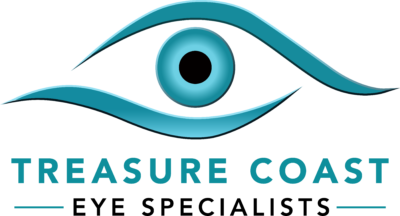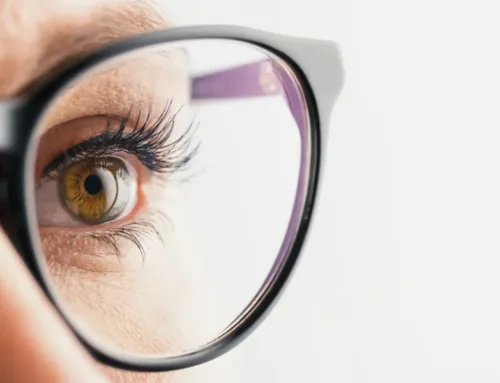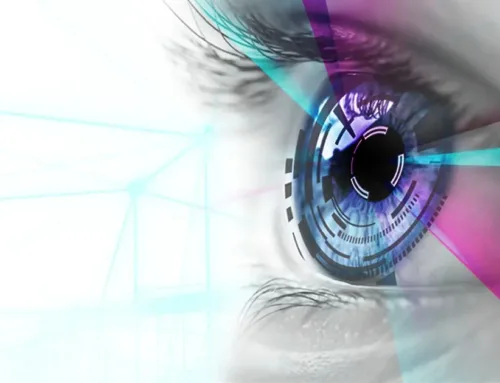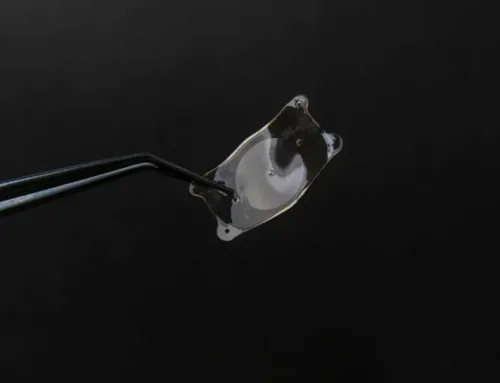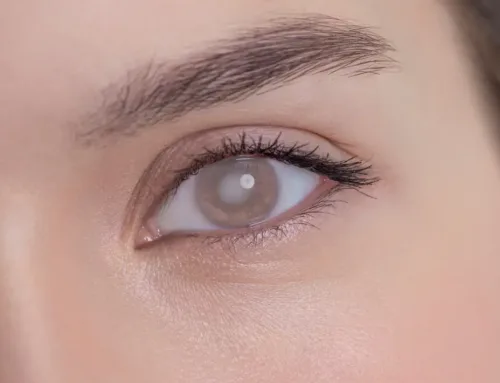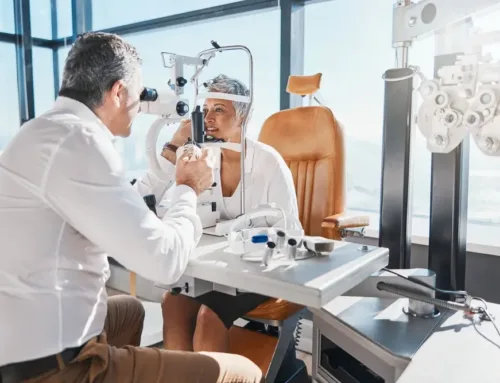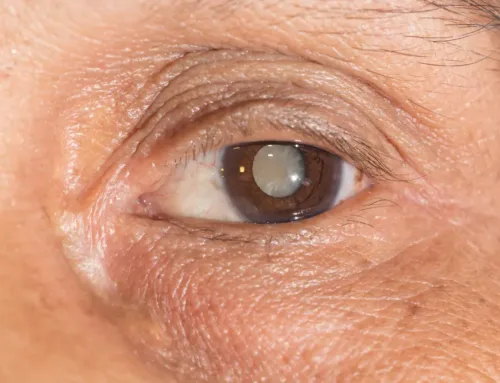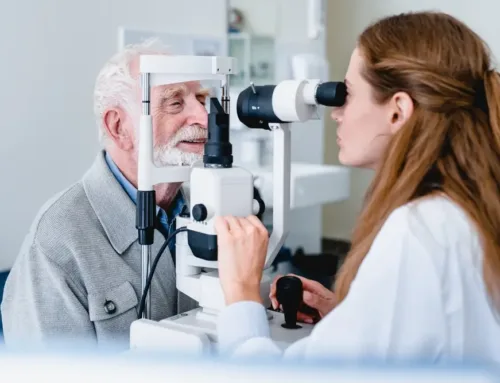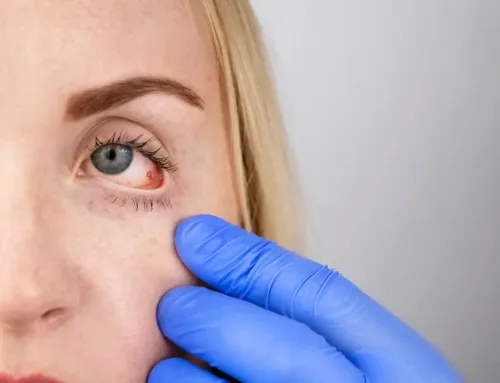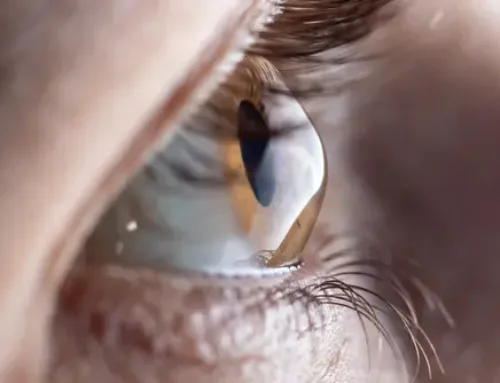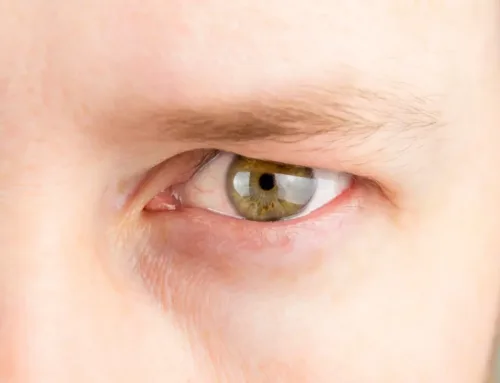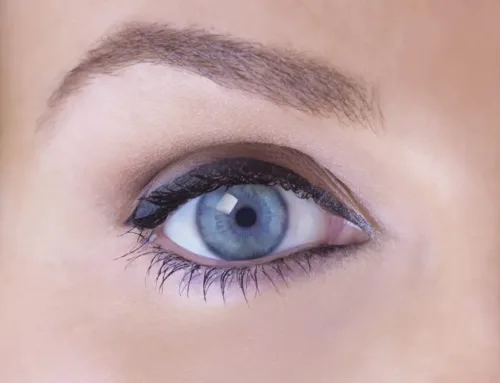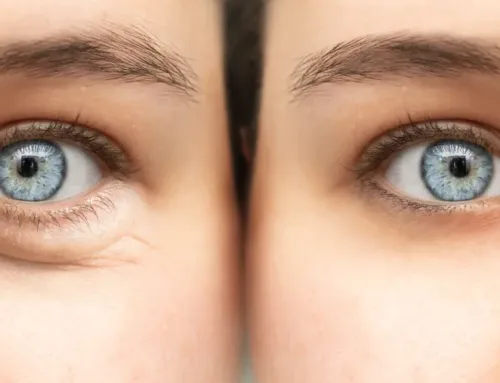If you have been diagnosed with a vision problem and need corrective lenses, it’s important to understand your contact lens prescription. Contact lenses require precise measurements and specifications to ensure proper vision correction.
Common Refractive Errors
Refractive errors occur when the shape of your eye prevents light from focusing directly on the retina, leading to blurry or distorted vision. The four most common refractive errors are myopia (nearsightedness), hyperopia (farsightedness), astigmatism, and presbyopia.
Myopia causes distant objects to appear blurry, while hyperopia affects close-up vision. Astigmatism occurs when the cornea or lens has an irregular shape, causing blurred vision at all distances. Presbyopia is an age-related condition that affects your ability to focus on close objects.
Types Of Contact Lenses Available
Contact lenses offer a convenient and comfortable alternative to traditional eyeglasses. They come in various materials and designs to suit different individuals and vision needs. The two main types of contact lenses are soft contact lenses and rigid gas permeable (RGP) lenses.
Soft contact lenses are made of a flexible, water-absorbing material that allows oxygen to reach your eyes. They are comfortable to wear and come in different wearing schedules, such as daily disposables, bi-weekly disposables, and monthly disposables.
RGP lenses, also known as hard lenses, are made of a rigid plastic material that allows oxygen to pass through. They provide crisp and clear vision and are often recommended for individuals with astigmatism or those who require a higher level of vision correction.
The Importance Of A Contact Lens Exam
Before getting contact lenses, it is crucial to have a comprehensive contact lens exam. This exam goes beyond a regular eye examination and involves additional measurements and assessments to determine your suitability for contact lens wear. Your eye doctor will evaluate the health of your eyes, measure your corneal curvature, and assess other factors that affect contact lens fitting. This information will help them recommend the most suitable type of contact lenses for your prescription.
For myopia or hyperopia, soft contact lenses are often the preferred choice. They provide excellent vision correction and are comfortable for extended wear. If you have astigmatism, your optometrist may recommend toric contact lenses specially designed to correct astigmatism. These lenses have different powers in different meridians of the lens to compensate for the irregular shape of your cornea.
If you have presbyopia, there are various options available, including multifocal contact lenses, monovision, and bifocal/multifocal RGP lenses. Each option has its advantages and considerations, and your eye care professional will help you find the best fit for your lifestyle and visual needs.
Schedule Your Contact Lens Exam With Treasure Coast Eye Specialists Today
Understanding your contact lens prescription is crucial for maintaining good eye health and achieving optimal vision correction. By familiarizing yourself with the different types of contact lenses available and the options for various refractive errors, you can make informed decisions about your eye care. Remember to always consult with your eye care professional for a comprehensive contact lens exam and personalized recommendations. With the right contact lenses, you can enjoy clear and comfortable vision every day.
Schedule a contact lens exam with our eye doctor to discuss the best contact lens option for your prescription and lifestyle, visit Treasure Coast Eye Specialists at our office in Port St. Lucie or Stuart, Florida. Call 772-400-2400 or 772-286-0007 to book an appointment today.

